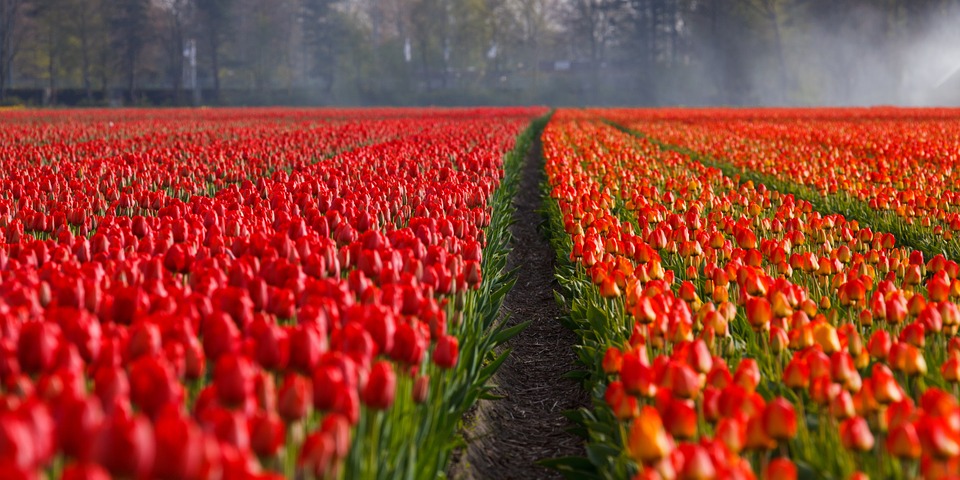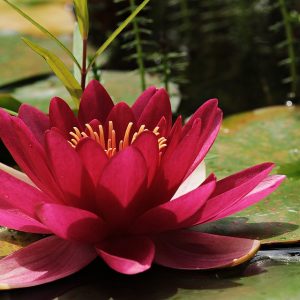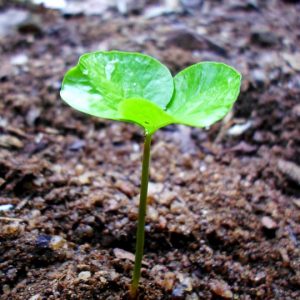Study this Natural Garden Design online course from home and at your own pace.
Native or indigenous flora and plants are frequently used in natural garden design but others are used also. A natural design should rarely have any straight lines – it should have curves throughout rather than be angular. You are trying to create the affect of realism – natural rather than planned. This online course will develop your knowledge of how the natural environment works.
Eight lessons cover the concept of natural garden design including how to produce concept and detailed plans, plus incorporate plants and landscape features into various types of natural gardens (eg. woodland gardens, desert gardens, wild gardens, indigenous plant gardens, etc).
E-Learning Structure
The duration of this online course is 100 hours. This consists of 8 in-depth lessons:
1. Introduction to Natural Gardens.
2. History of Natural Gardens.
3. Developing Concept Plans.
4. Plants for Natural Gardens.
5. Planting Design in Natural Gardens.
6. Natural Garden Features.
7. Natural Gardens Today.
8. Bringing It All Together.
Course Aims
- Explain the historical development of natural garden design, in your locality.
- Analyse plant inter-relationships within a specific natural environment (e.g. an area of bushland).
- Analyse the design of three natural gardens, in an essay illustrated with photographs or sketches.
- Explain, using illustrations, concepts of landscape design, showing their relevance to natural garden design, including: *Unity *Balance *Proportion *Harmony *Contrast *Rhythm *Line *Form *Mass *Space *Texture *Colour *Tone.
- Develop three alternative natural garden concept plans for the same specified site.
- Collect pre-planning information for a site for a proposed natural garden, by conducting a site survey, and interviewing a prospective client.
- Explain, through a sequence of illustrations, a logical process of developing a design for a natural garden, on a specific site surveyed by you.
- Prepare concept plans for two small natural gardens, including: *A rainforest garden *A sclerophyll garden.
- List fifty different plants suitable for use in a natural garden design, of a specific style on a specified site, in your locality.
- Explain compatibility considerations, when selecting different plants to include in the same natural garden design.
- Develop a nursery customer information sheet, to provide guidelines for planting design of a natural garden.
- Prepare a plant collection of fifty relevant plants, which includes: *A photo, drawing or pressed specimen of each plant *Plant names (scientific and common) *Cultural details *Uses/applications in garden design.
- Prepare planting designs for three different styles of low maintenance garden beds, between 30 and 60 square meters each in size, and using only Australian Native plants.
- Explain design options for six different landscape features in a natural garden, including: *Rockeries *Patios *Water features *Paths.
- Describe the characteristics, including: *Cost *Availability *Longevity *Appearance *Maintenance, of ten different landscape materials, suited for use in a natural garden design.
- Design a water feature for a natural garden, incorporating: *Concept drawings *Materials list *Cost estimates *Guidelines for construction.
- Explain, using illustrations, the structural design of a masonry garden wall.
- Explain, using illustrations, different appropriate applications for timber structures in a natural garden design.
- Prepare plans, including structural diagrams and materials lists, for the construction of different landscape features, which are appropriate for inclusion in a natural garden.
- Develop a design “Brief” for a natural garden, in consultation with a client, through an interview and site inspection.
- Design a natural garden of 200 to 500 square metres, including: *A landscape plan drawn on tracing paper *Materials specifications, including types and quantities, to suit a site surveyed by you, and emphasising one type of plant, such as ferns, wildflowers or sclerophyll type plants.
- Prepare a detailed professional standard plan for a natural garden of 500 to 2000 square metres, to an acceptable industry standard for a professional garden designer, which includes: *A landscape plan drawn on tracing paper *Materials specifications, including types and quantities.
- Explain the purpose behind decisions made by you in a natural garden designed by you.
How Does a Warnborough Online Course Work?
You can start the course whenever is convenient for you. You will be studying from home and have access to support from our qualified tutors. Practical exercises and research tasks will be set at the end of each lesson – including an assignment. You will submit this assignment to your course tutor, who will mark your work and give you constructive feedback and suggestions.
If you have any questions please contact us.





